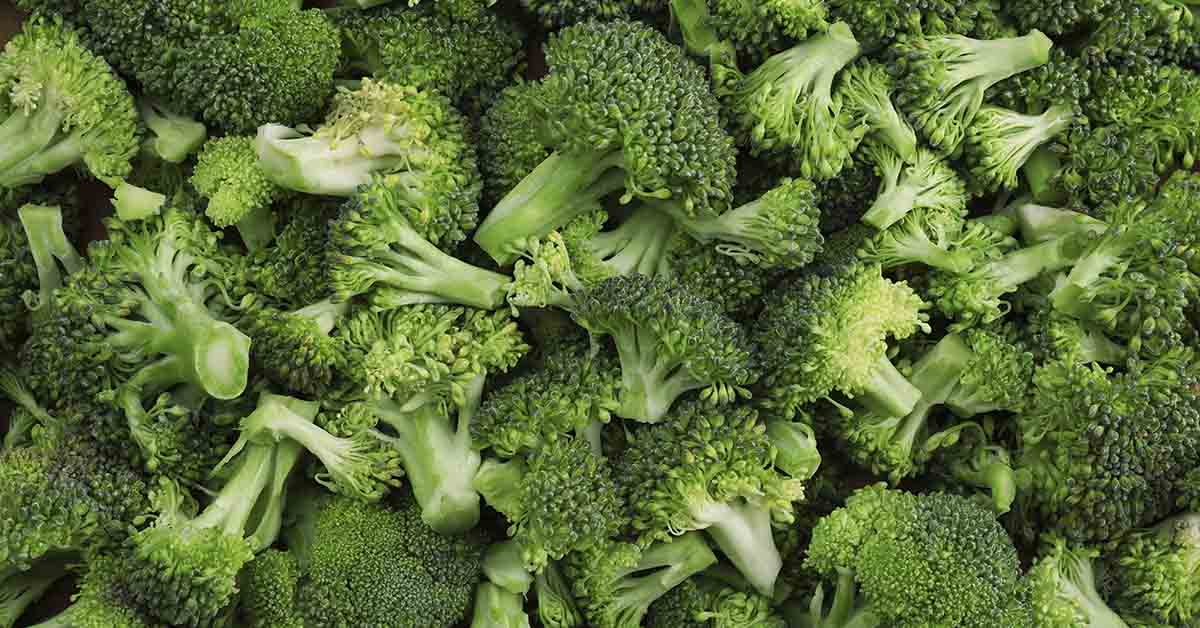If you’ve ever sneezed your way through spring or fall, you’ve felt histamine in action. It’s a natural chemical your body releases when it thinks something, like pollen, is harmful. But histamine isn’t just triggered by allergens in the air; it’s also present in many common foods.
For most people, this isn’t an issue. The body breaks histamine down efficiently. But for others, that process doesn’t work as well, and histamine can build up leading to uncomfortable symptoms. This condition is known as histamine intolerance. It’s not always easy to tell if histamine is the culprit, but a low-histamine diet can be a helpful way to uncover triggers and, more importantly, start feeling better.
What is Histamine and Why Does it Matter?
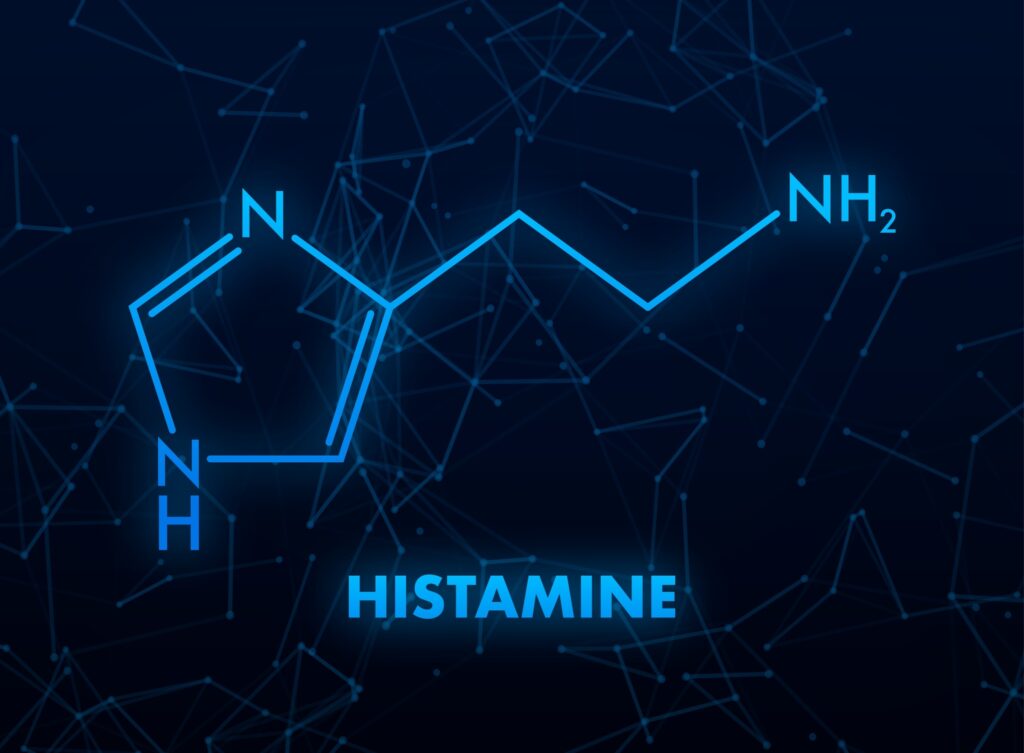
Histamine is a chemical messenger found throughout the body, especially in immune cells. When your immune system thinks something is dangerous, like pollen or dust, it uses histamine to trigger an allergic reaction. This causes symptoms like sneezing, itching, and watery eyes. It is produced by our bodies, but it also exists in the foods we eat. Normally, the body breaks it down, but for some individuals, that process doesn’t happen efficiently. When histamine builds up, it can trigger a variety of unpleasant digestive symptoms like nausea or diarrhea.
Getting to Know Histamine Intolerance

On average, about 5% of the histamine in your body comes from food. Normally, an enzyme in your gut called diamine oxidase, or DAO, helps break it down. However, some people may not produce enough DAO which leads to a histmine intolerance. Having a histamine intolerance is not the same as having a food allergy. It’s more like a sensitivity. For example, people with lactose intolerance don’t have an allergy to milk. They just lack the enzyme needed to break down lactose. In a similar way, those with histamine intolerance may lack enough DAO to properly digest histamine.
When histamine is not broken down, it can build up and lead to symptoms. Foods like aged cheese, which are high in histamine, may trigger reactions. These symptoms can affect different parts of the body, including the skin, lungs, brain, heart, and digestive system. One study found that bloating was a symptom in 92% of people with suspected histamine intolerance.
Symptoms of Histamine Intolerance

- Bloating
- Diarrhea or constipation
- Nausea or vomiting
- Abdominal pain
- Acid reflux
- Headache or migraine
- Skin rash, hives, or flushing
- Nasal congestion
- Itchy or watery eyes
- Dizziness or lightheadedness
- Fatigue or brain fog
- Fast or irregular heartbeat
- Chest tightness or trouble breathing
- Throat tightness
- Worsened Menstrual cramps
If you experience serious symptoms like difficulty breathing, chest pressure, or throat tightness, seek immediate medical attention. Just having one or more of these symptoms does not confirm histamine intolerance. Many of these symptoms overlap with other health conditions, which is why working with a trained healthcare provider is essential.
What is a Low-Histamine Diet?
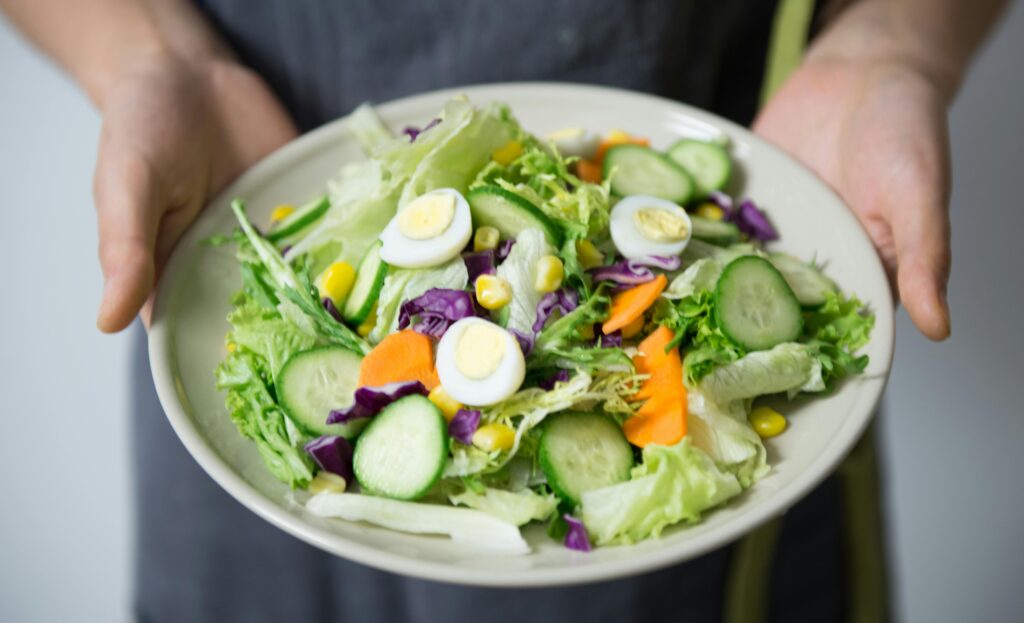
There is no single test to confirm histamine intolerance, but doctors can use a few approaches to investigate. One of the most common is the elimination diet. This involves removing high-histamine foods for a short time, then slowly reintroducing them to see if they trigger symptoms.
A low histamine diet is not one-size-fits-all. A food that causes issues for one person might not bother someone else. Some people may only need to reduce a few foods instead of removing them entirely. It’s also possible to react to a food at one time but not another, depending on your histamine levels.
For example, histamine levels tend to be higher in the early morning. This may explain why some people feel worse at that time. Since histamine plays a role in staying awake, it also explains why some antihistamines make you feel sleepy.
You should begin a low-histamine diet under the care of a qualified medical provider. Not everyone is a good fit for an elimination diet. The main goal is to find a balance where you can eat as many different foods as possible without triggering symptoms.
Foods to Avoid on a Low Histamine Diet
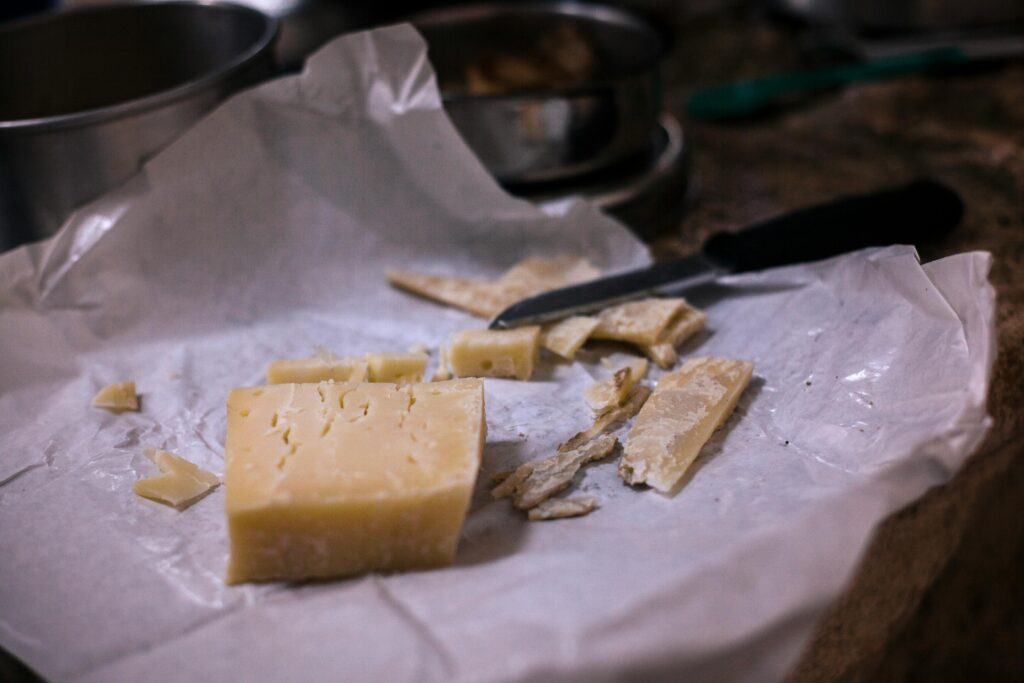
Though there is no official food list, many experts agree on certain foods to avoid when starting a low-histamine diet. Some of these may be reintroduced later if tolerated.
Avoid or limit these categories:
- High histamine foods: Avocados, spinach, tomatoes, eggplant, cherries, soy products, yeast extract
- Aged or fermented items: Aged cheeses, smoked fish, deli meats, yogurt, kefir, fermented sauces, kombucha, pickles
- Histamine-releasing foods: Strawberries, citrus fruits, chocolate, nuts, alcohol, and certain food colorings or preservatives
- Leftovers: Cooked meat and fish should be eaten fresh, as histamine can increase during storage
Always review food labels and ingredient lists carefully. Your dietitian may recommend avoiding only specific items based on your history and current diet.
20 Low-Histamine Foods to Include in Your Diet
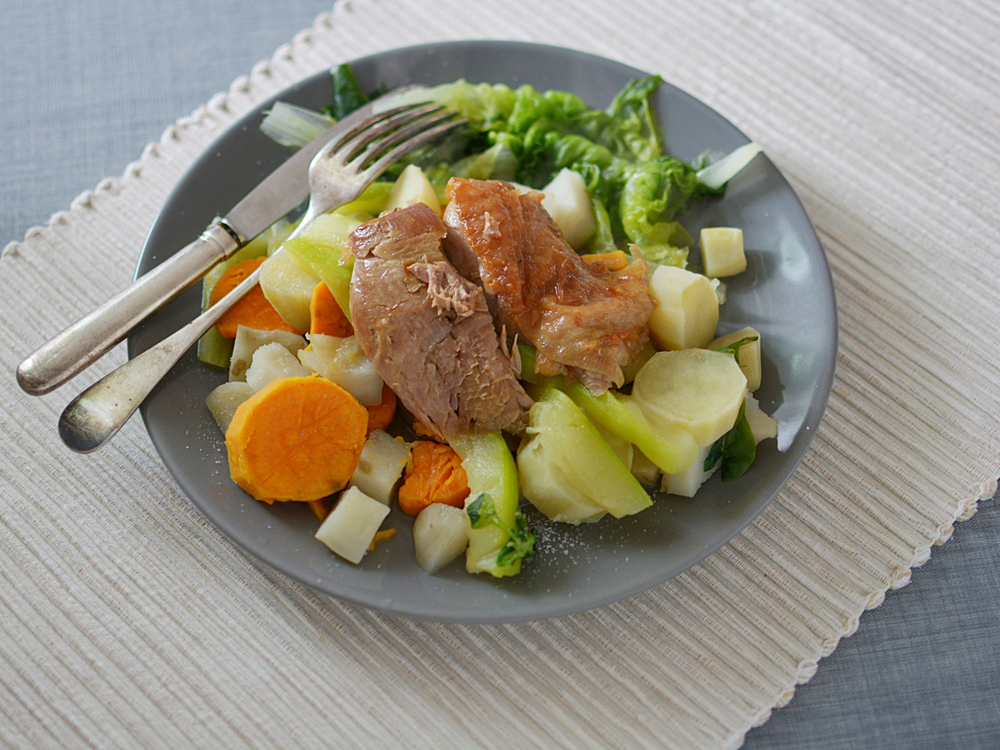
- Apples: A mild, well-tolerated fruit
- Blueberries: Packed with antioxidants, low in histamine
- Pears: Gentle on the digestive system
- Mango: A sweet, tropical option usually well tolerated
- Melons: Includes cantaloupe and honeydew
- Carrots: Nutrient-dense and versatile
- Zucchini: Easy to digest and low in histamine
- Broccoli: High in fiber and safe for most
- Cucumber: Cooling and hydrating
- Sweet Potatoes: A great source of fiber and energy
- White Rice: Easy to digest and non-reactive
- Quinoa: A good gluten-free grain alternative
- Fresh Chicken: Must be cooked and eaten immediately
- Fresh Turkey: Another clean protein choice
- Egg Yolks: Tolerated better than egg whites by many
- Frozen White Fish (like cod): Only if frozen right after catch
- Lettuce: Especially romaine and butterhead varieties
- Coconut: Flesh, water, and milk (without additives)
- Olive Oil: A safe fat for cooking and dressings
- Herbal Teas (e.g., chamomile, rooibos): Avoid citrus blends
These foods offer a good foundation for building meals during the elimination phase. Keep in mind that everyone’s tolerance is different, and adjustments may be needed.
Tips for Success on a Low-Histamine Diet
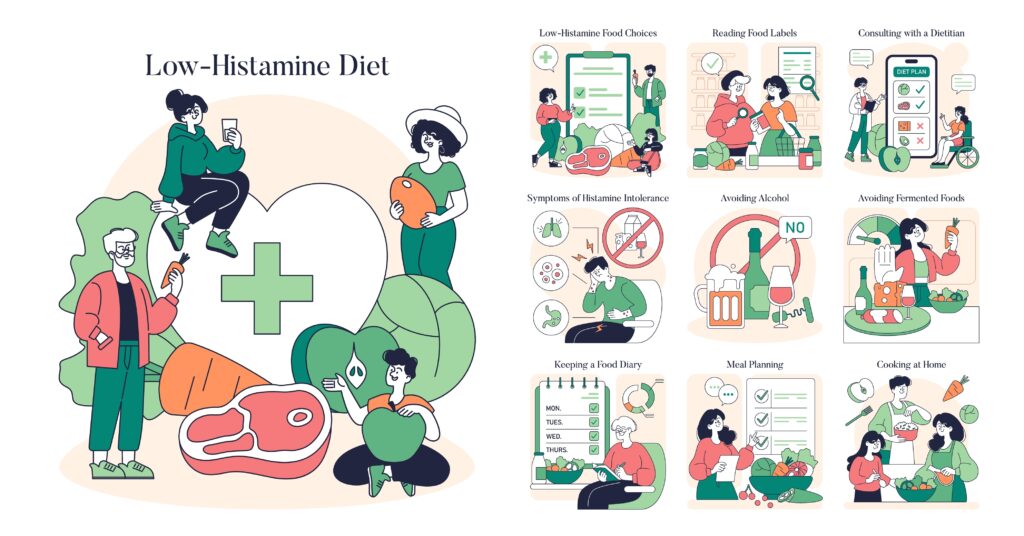
Once you’ve completed the elimination phase, reintroduce foods one at a time under medical guidance. These tips can help make the process easier:
- Keep a food and symptom diary: Track what you eat, when you eat it, and how you feel. This helps identify patterns and triggers.
- Avoid frying or grilling: These cooking methods may increase histamine content. Boiling or steaming is often better.
- Eat foods right away: Histamine can build up in leftovers, especially meat and fish.
- Work with a professional: A GI dietitian can help you follow the diet safely and meet your nutritional needs.
Final Thoughts

If your body struggles to break down histamine, it can trigger a wide range of frustrating symptoms. When histamine intolerance is suspected, a low-histamine diet, guided by a healthcare professional, can be a powerful tool to help identify your triggers.
A low-histamine diet isn’t about unnecessary restriction. It’s about finding what works for you and reducing discomfort while still enjoying nourishing, satisfying meals. With the right support and lifestyle changes, many people not only feel better, but also regain confidence in how they eat, cook, and live.
